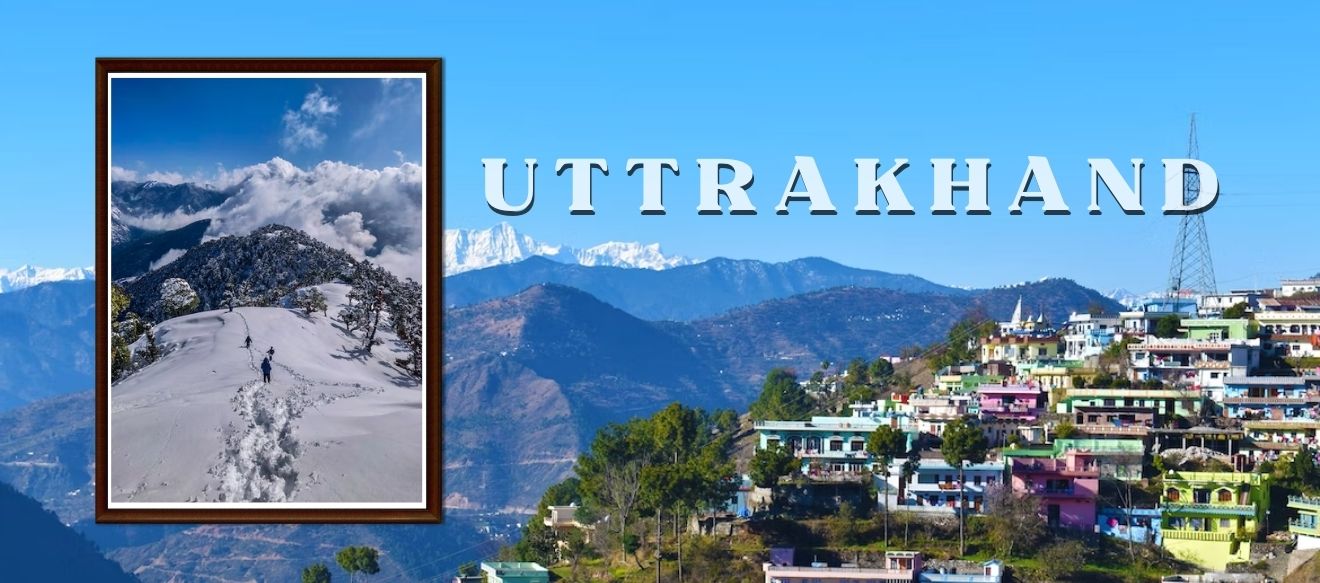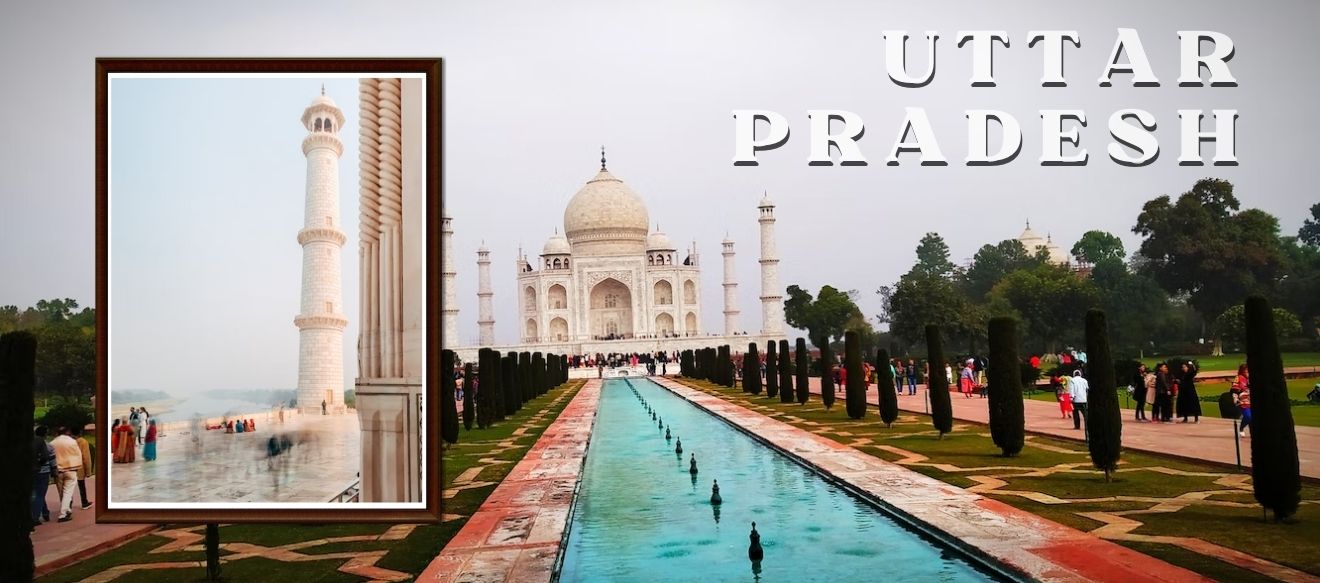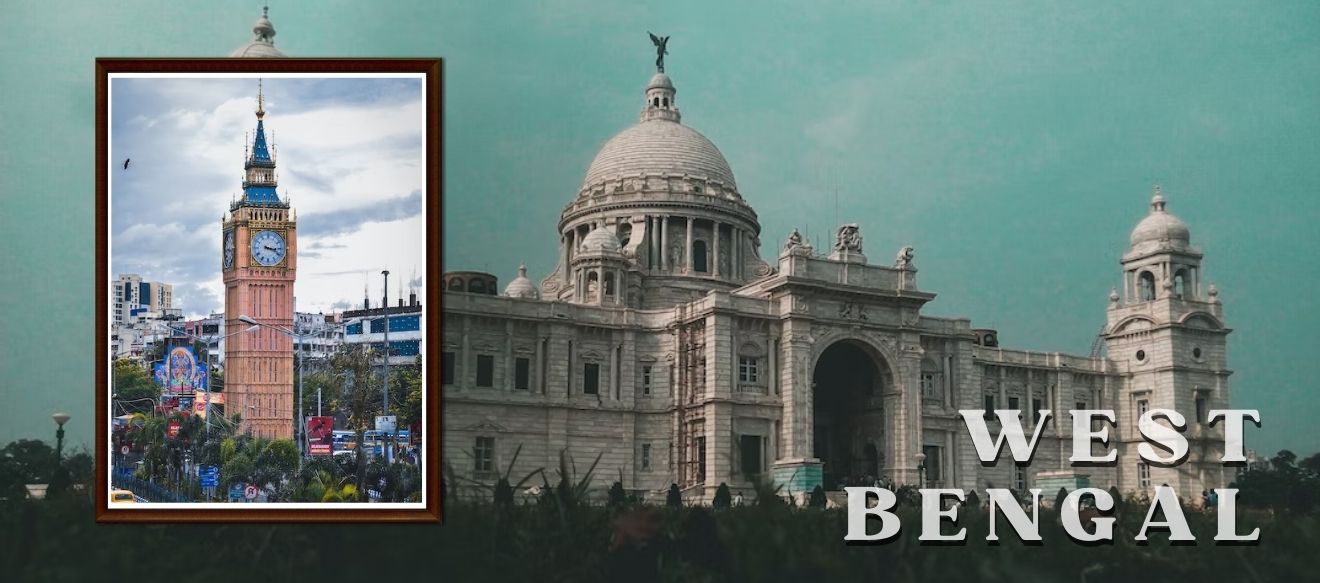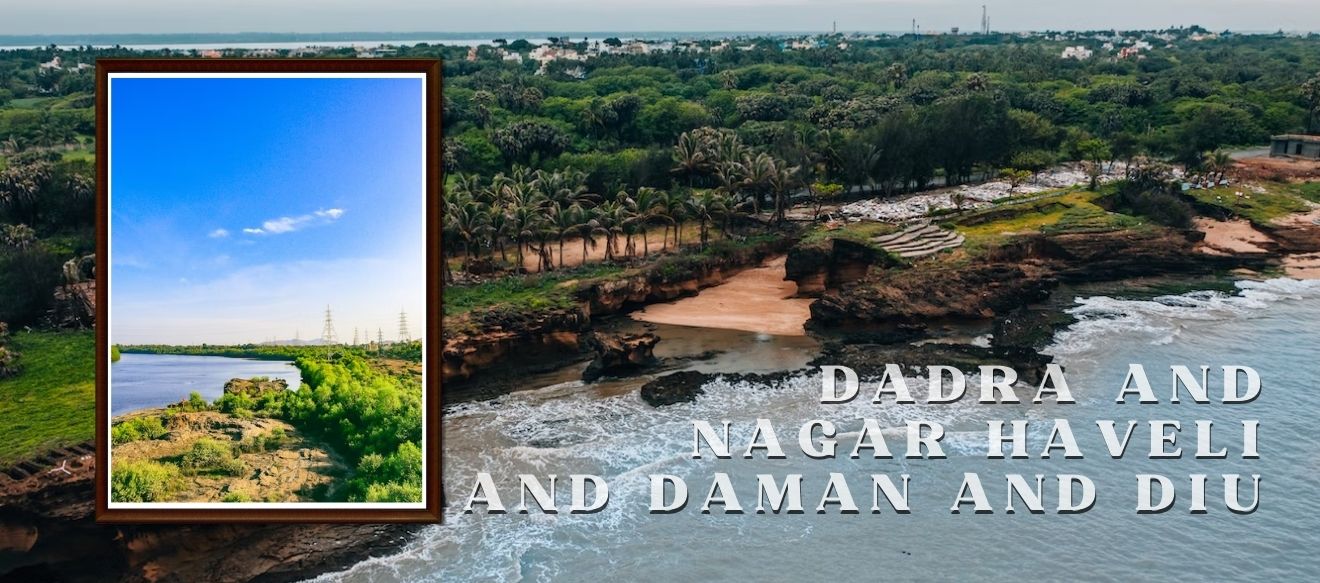Dakshina Kannada District
History:
The region was ruled by Alpas until the late 14th century, after which it was ruled by Emperor Vijayanagara, Keradinayakas, Haider Ali, Tipu Sultan, and the British in 1799. Prior to 1860, Dakshinakannada was part of a district called Canara under the Madras Presidency. In 1860, the British divided the area into southern Kanara and northern Kanara. During the reorganization of the state in 1956, Kasaragod was split and moved to the newly created Kerala, and Dakshina Kannada was moved to Mysore (now Karnataka). In 1997, the government divided the Dakshina Kannada district into the Udupi district and what is now the Dakshinakannada district.
Famous for ?
The area is famous for its red clay roof tiles (Mangauru tiles), cashew nuts and their products, banks, education, and their exotic cuisine.
Area:
The total area of the district is 4559km2.
Subdistricts:
Dakshina Kannada has a total of 7 subdistricts.
Villages:
There are a total of 74 villages in this area.
Cities:
There are a total of 24 cities in this area.
All District of Karnataka
Bagalkot District
History:
The first documented evidence of the existence of the Bagalko..
Ballari District
History:
Verarifort is a historic site with a history of over 3000 yea..
Belagavi District
History:
Belagavi (formerly known as "Venugrama" or "Ba..
Other State





